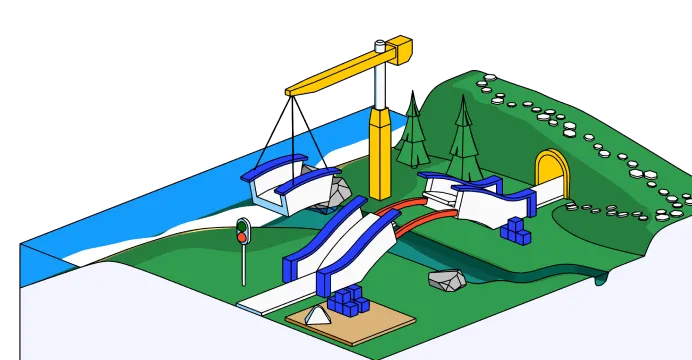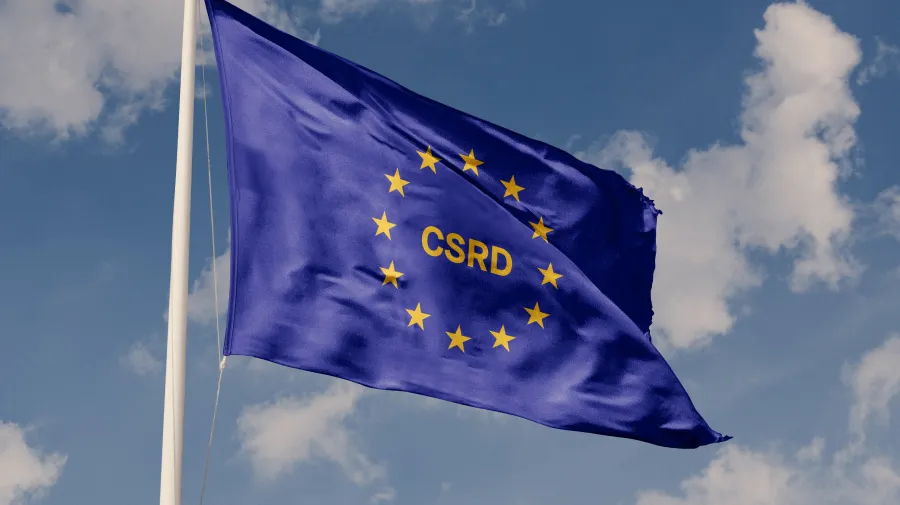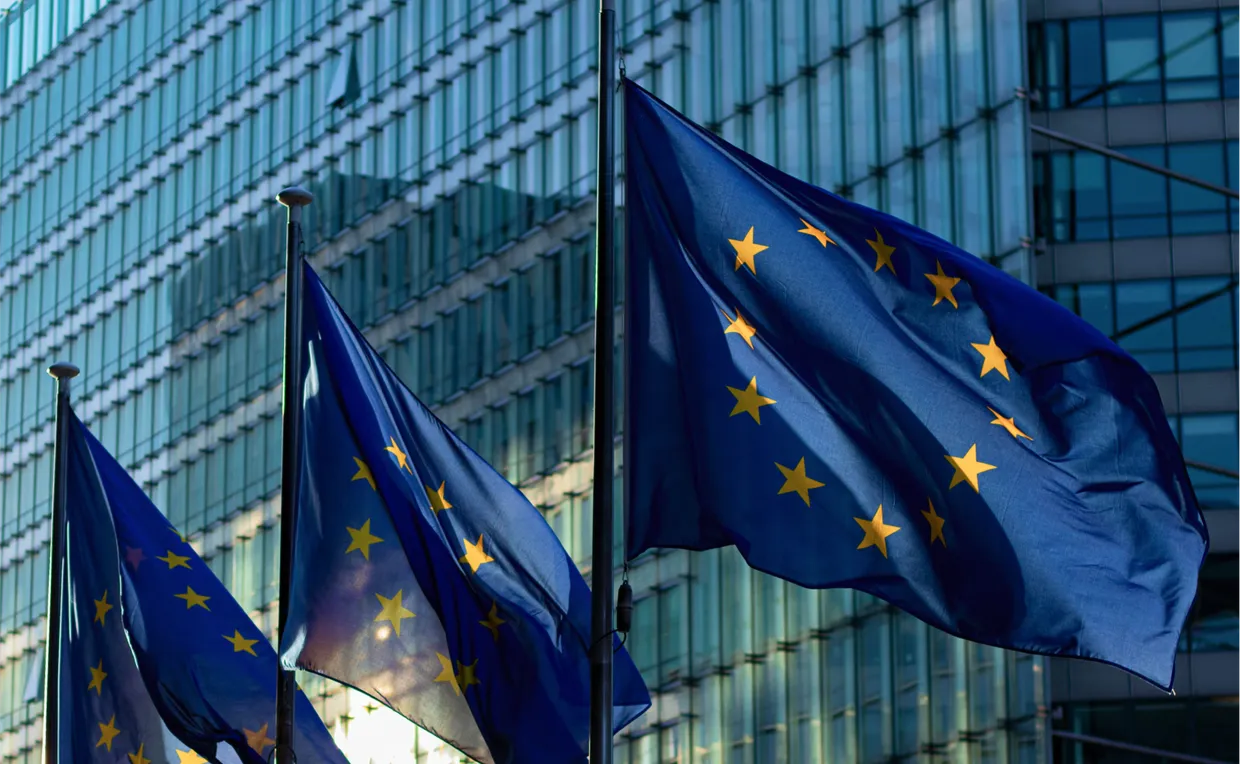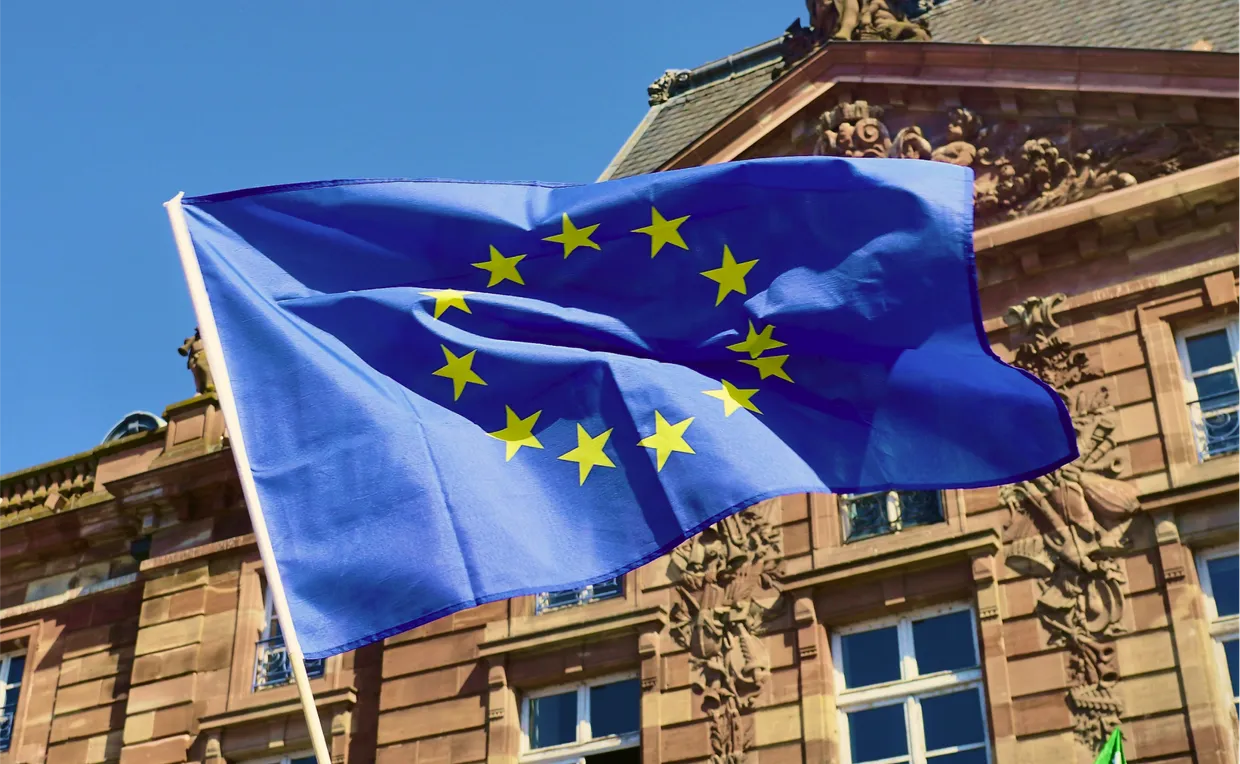Julien, you’re closely following the negotiations on the Omnibus proposal. What’s really happening right now?
Discussions are ongoing in parallel on the revision of the CSRD framework (and the CS3D) and its implementing regulation, which sets out the reporting standards (the ESRS). They are intense. The main challenge is finding the right balance between the need for reliable, comparable, and useful reporting for the transition, and the desire not to impose a disproportionate administrative burden on companies.
Regarding the revision of the CSRD, the Commission had proposed limiting the mandatory scope to large companies with more than 1,000 employees (instead of 250); the Council wants to add a turnover threshold of over €450 million, while the rapporteur in Parliament is proposing a threshold of 3,000 employees. As a result, while the current text covers nearly 50,000 companies, the Commission would reduce that to around 10,000, the Council to around 5,000, and the Parliament’s rapporteur to around 3,000.
And what about the CS3D?
As for the CS3D, the thresholds would be significantly higher: €1.5 billion in turnover and 5,000 employees.
We’ll see this fall where these negotiations land between the European co-legislators (namely Parliament and Council).
There’s also a lot of talk right now about the ESRS standards, which underpin the CSRD. Have they been modified?
In parallel, EFRAG, responding to a request from the Commission, has been working on a simplification of the 12 ESRS. This is a thorough revision that simplifies the materiality assessment and significantly reduces the number of data points to be covered. This project is open for public consultation until the end of September, and the technical opinion that will serve as the basis for the new delegated regulation will be sent to the Commission at the end of November.
The full set of revised regulations (directives and delegated regulations) is expected to be finalized by June 2026. In the meantime, the rollout of the CSRD will only concern the first wave of companies subject to CSRD reporting and only for the information required for the 2024 financial year (some information was not due until 2025 or 2026). For the second wave, the implementation will be delayed by two years (covering data for the 2027 fiscal year instead of 2025).
Have any decisions already been made?
Yes, several major decisions have been taken in recent weeks.
-
In April 2025, a so-called “stop the clock” package was adopted. It confirms the principle of postponing and simplifying the CSRD implementation timeline. In practical terms, companies in waves 2 and 3 will benefit from an additional two years before being subject to reporting obligations.
-
In June 2025, the Council of the European Union officially adopted its position on the Omnibus package.
-
In parallel, work continues on simplifying the ESRS. The public consultation has just been launched and will run until the end of September. The technical opinion forming the basis of the new delegated regulation will be sent to the Commission at the end of November.
-
Specifically for wave 1 companies, a delegated act already provides the option – under certain conditions – to exclude from their reporting, for fiscal years 2025 and 2026, certain ESRS standards: E4 (biodiversity), S2 (value chain workers), S3 (affected communities), and S4 (consumers and end-users).
-
Finally, the new VSME standard, initially targeting companies with fewer than 250 employees, has just been officially adopted by the European Commission. This means these companies now have a voluntary, harmonized reporting framework.
What are the next steps before the end of the year?
The next steps will be decisive. The priority will be to continue the current work and, above all, to follow the debates in the European Parliament, which must vote on the new CSRD framework. Once Parliament has adopted its position, there will be the trilogue (Parliament, Council, Commission) to finalize the new CSRD regulation.
I recommend that affected companies not wait until the last minute: it’s wise to anticipate changes, train teams, engage with internal and external stakeholders, and, if necessary, seek specialized advice.
Finally, it’s important to remember that the debate on the informational value and ambition of the CSRD will continue. Investors, civil society, and regulators will be watching very closely the quality of the first streamlined reports.




